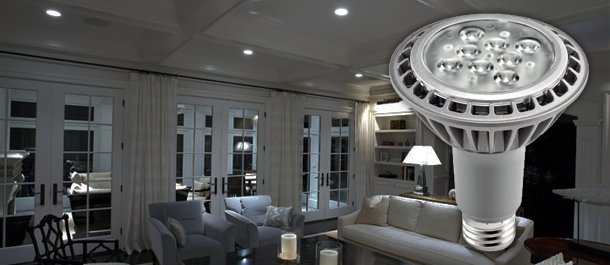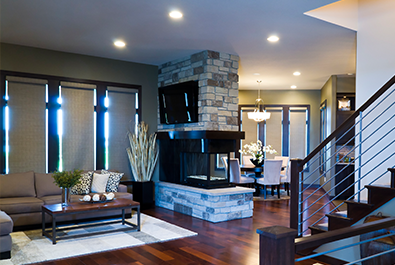LED Bulbs and Dimming

You may have noticed the staggering rate at which LED bulbs are gaining popularity. It seems like everywhere we look, people are attempting to go green, both in big ways (solar panels) and small ones (LED bulbs). We’re big proponents of taking care of the Earth in any way we can, so we’re thrilled to see that people are finally jumping on the LED bandwagon in droves. However, just like with any new product, once something gets really popular, the market becomes oversaturated and the average consumer can become a bit overwhelmed.

So, what exactly is an LED bulb? “LED” is an acronym for “light-emitting diode” (now you know why they’re called LEDs!). LED bulbs offer a longer life than incandescent bulbs as well as some fluorescent bulbs. They’re also a bit more efficacious; for the same amount of power in, they tend to emit more light than incandescent bulbs. LED bulbs offer the lowest energy consumption of any lighting product to date, and are made without mercury, making them a green alternative to fluorescents (which do contain mercury). And, best yet, they are available in “dimmable” models so you can save even more energy! Let us explain.
An easy way to save energy these days is to select your favorite incandescent, dimmable LED or dimmable CFL bulb – and pair it with one of our universal dimmers. You see, dimmers are a great way to save energy even without LED bulbs, as they allow you to control the amount of light in the room and therefore, prevent you from using more energy than you really need. When you add an LED bulb to a universal dimmer, you’ve got a match made in energy-saving heaven!
Replacing standard switches with dimmers and using dimmable LED bulbs helps to save energy and, of course, the associated utility costs. The chart below shows how, as bulbs are dimmed, the wattage used is also reduced – saving bulb life and energy costs!

Plus, using dimmers in your home helps to create the perfect ambiance for any occasion. What more can you ask for!


